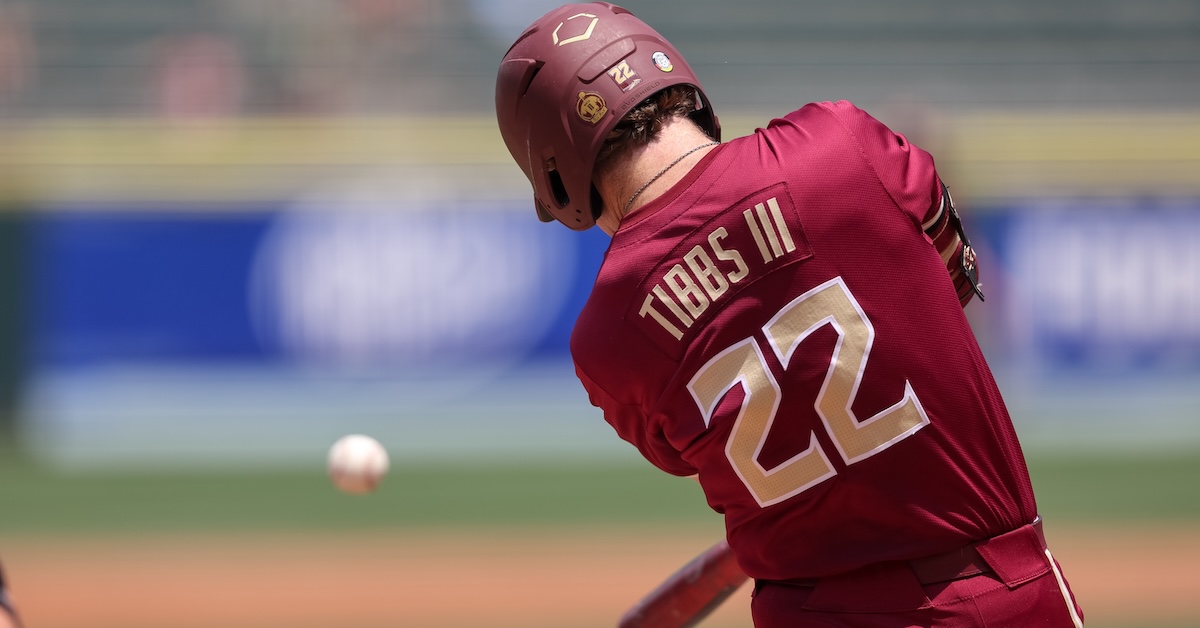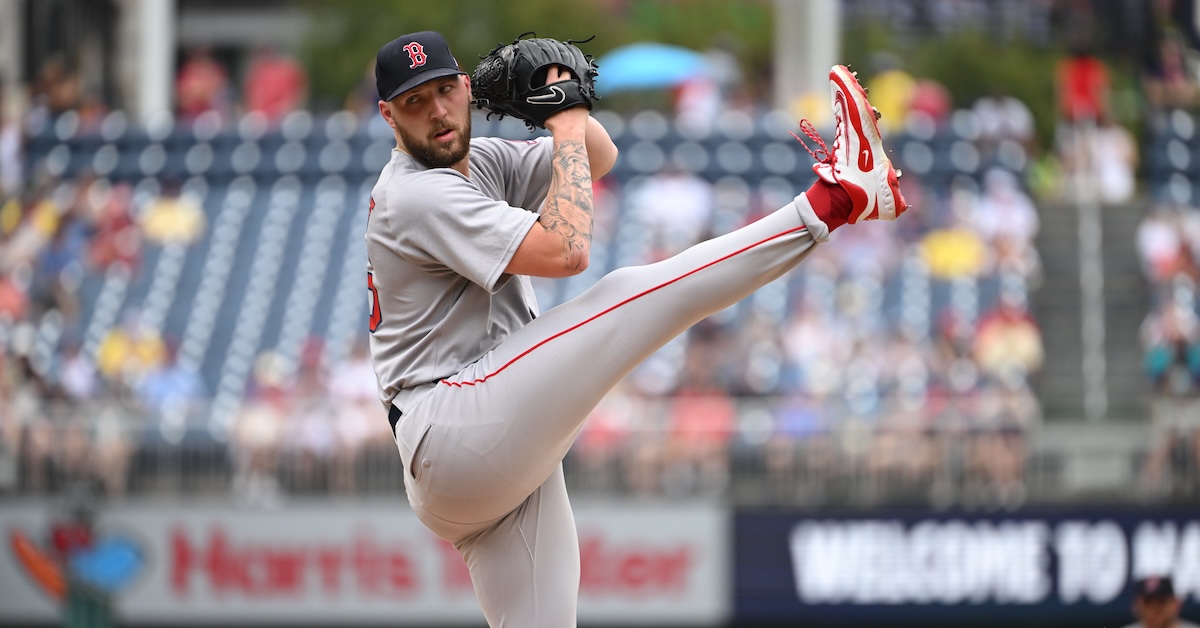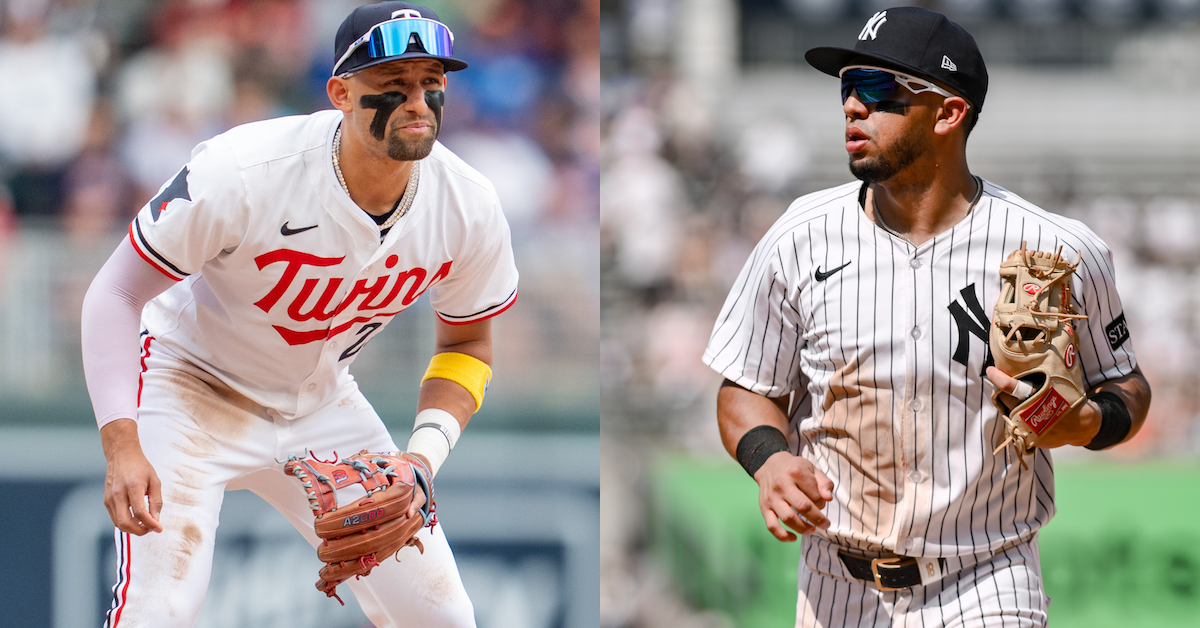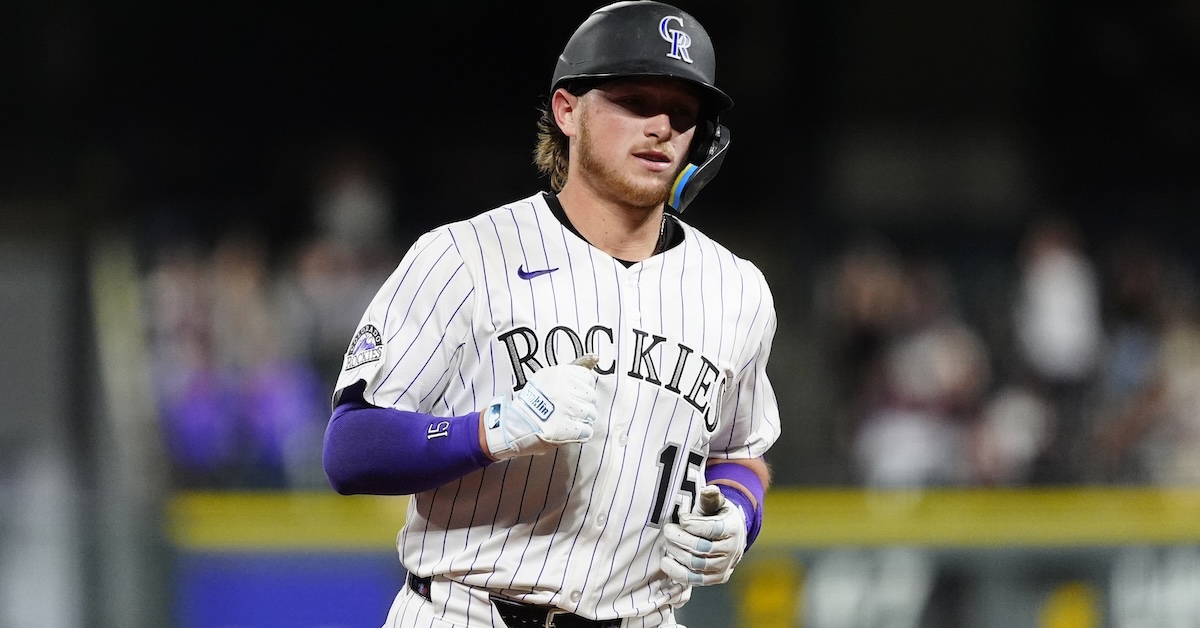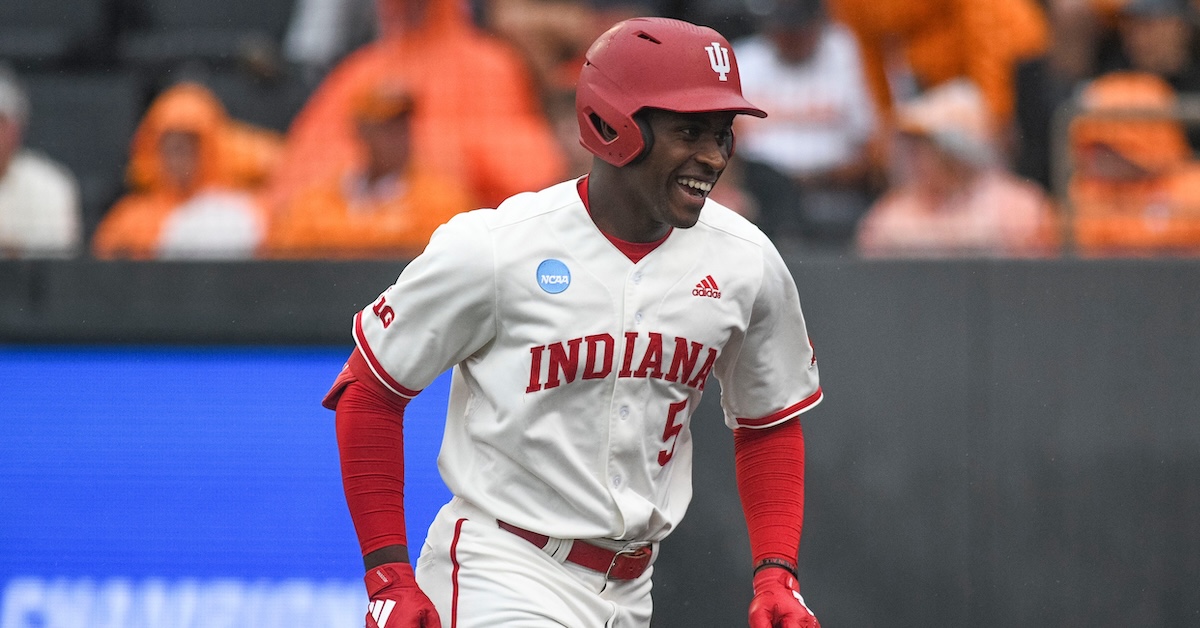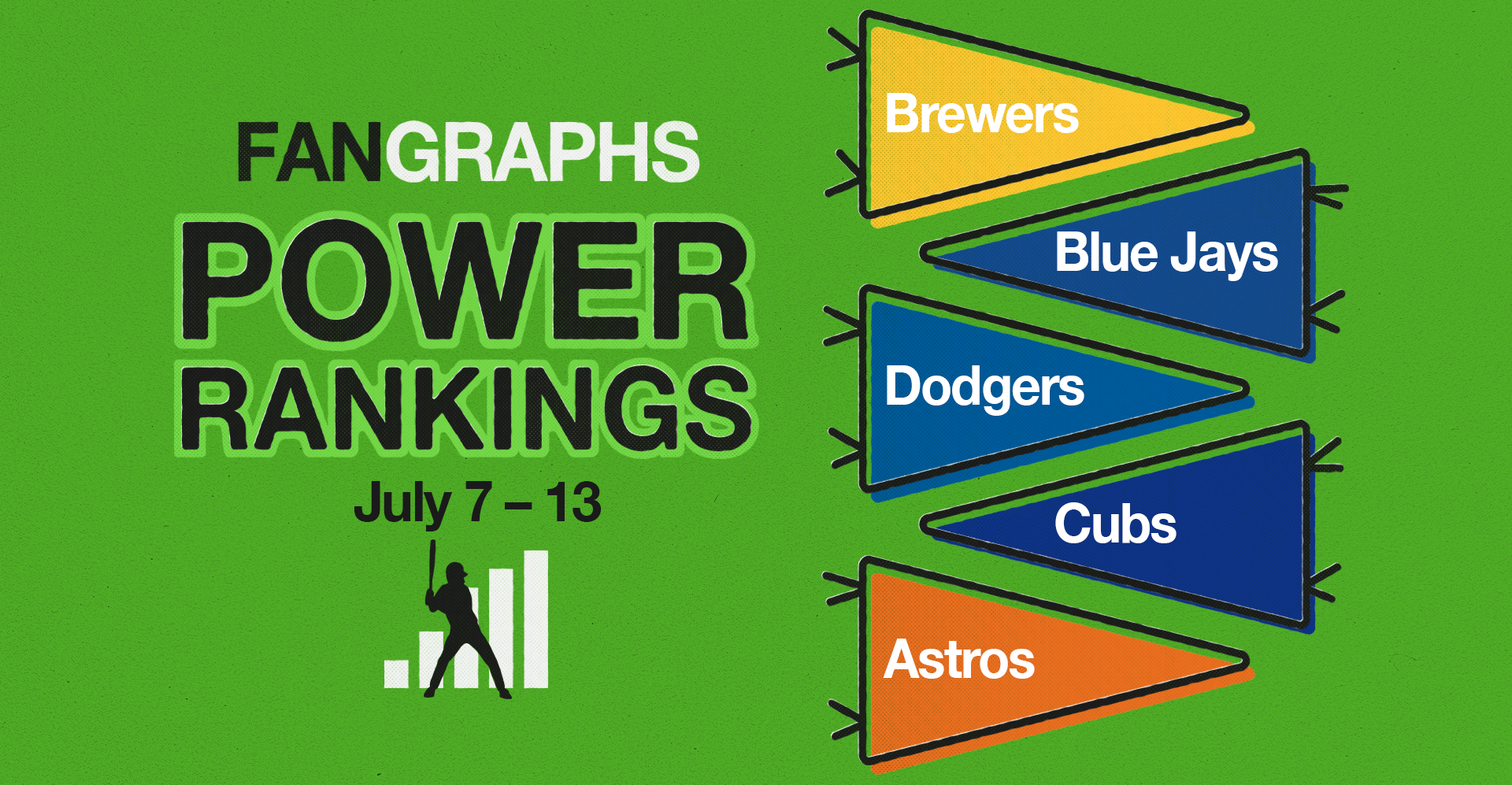The 2025 Replacement-Level Killers: Shortstop & Center Field
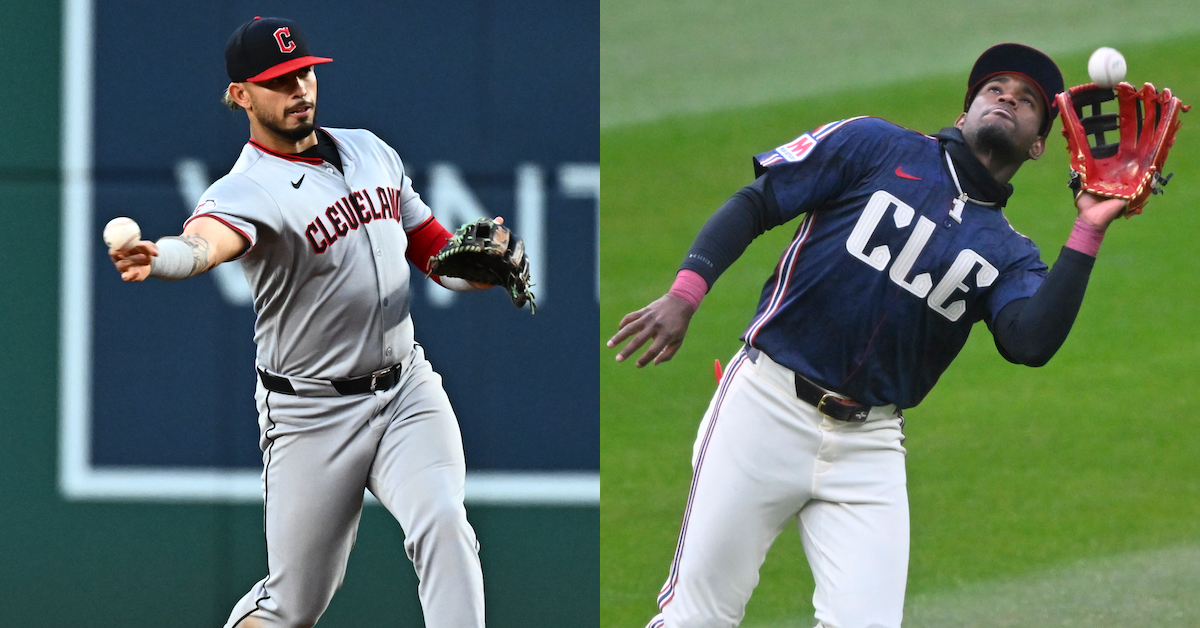
Here’s another two-fer covering teams struggling to get production out of a pair of important up-the-middle positions — teams with which devotees of this series may be overly familiar in this context. While still focusing on clubs that meet the loose definition of a contender (a .500 record or Playoff Odds of roughly 10%) and that have gotten about 0.6 WAR or less out of a position thus far (which prorates to 1.0 WAR over a full season), I have also incorporated our Depth Charts’ rest-of-season WAR projections into the equation for an additional perspective. That may suggest that some of these teams will clear the bar by a significant margin, but even so, I’ve included them here because their performance is worth a look.
| Team | AVG | OBP | SLG | wRC+ | Bat | BsR | Fld | WAR | ROS WAR | Tot WAR |
|---|---|---|---|---|---|---|---|---|---|---|
| Guardians | .189 | .256 | .284 | 53 | -19.1 | -2 | 2.1 | -0.3 | 0.9 | 0.6 |
| Brewers | .200 | .262 | .284 | 56 | -17.9 | 1.5 | 3.9 | 0.4 | 1.1 | 1.5 |
Guardians
If it feels like this is déjà vu all over again, you’re not wrong. This is the third straight season that Guardians shortstops have landed on the Killers list; two years ago it was due to the struggles of Amed Rosario, while last year it was because of those of Brayan Rocchio. Rocchio entered the 2024 season ranked 59th on our Top 100 Prospects list but hit just .206/.298/.316 (80 wRC+) in 442 plate appearances, and even with excellent defense (11 DRS, 4 FRV), he finished with just 1.1 WAR. He struggled even more mightily at the outset of this season, to the point that the 24-year-old switch-hitter was optioned to Triple-A Columbus on May 12. Read the rest of this entry »
